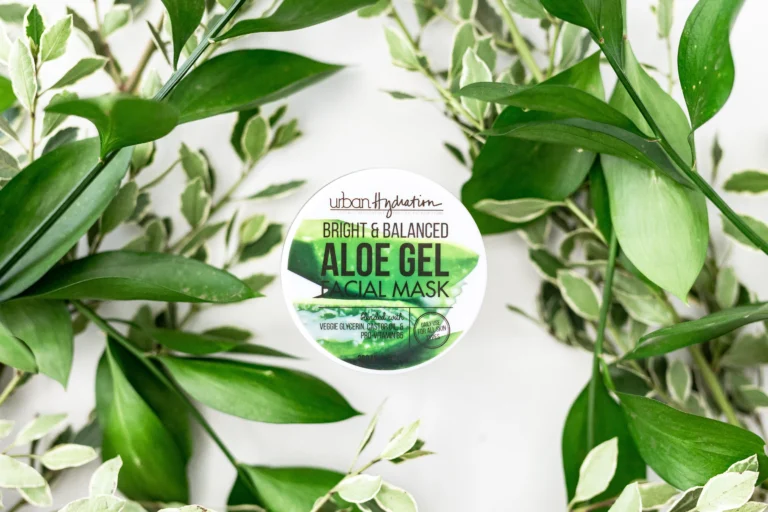BLOG OPTIMIZATION SUGGESTIONS 2025-2026

Blog Optimization Tips for 2025–2026: Dominate Search Rankings with Smart SEO
A well-optimized blog isn’t just a nice-to-have—it’s essential. For digital marketers, content creators, and global businesses, a finely-tuned blog increases visibility, improves user experience, and earns Google’s trust, all while aligning with EEAT (Experience, Expertise, Authoritativeness, Trustworthiness) guidelines.
Blog optimization is the art and science of increasing your blog’s performance and search engine visibility. Follow these proven strategies from ecombyz.com to turn your blog into a high-performing SEO magnet.

1. Master Keyword Integration for SEO Wins
Conduct Smart Keyword Research
Use advanced keyword research to uncover low-competition, high-volume keywords that match user intent. Focus on long-tail queries such as “how to optimize blog posts in 2025” to attract targeted traffic.
Strategically Place Keywords
Integrate keywords naturally in:
- Page title and meta title
- First 100 words of content
- H1/H2 headers
Avoid keyword stuffing—Google favors context and semantics over repetition. Instead of overusing “blog optimization tips,” vary your language with phrases like “improving SEO for blogs.”
2. Optimize Metadata to Drive Clicks
Your meta title and meta description shape how your blog appears on search engine results. Make every word count.
Craft Irresistible Meta Titles
- Keep under 60 characters
- Place keywords at the front
- Example: “Blog SEO Optimization: 7 Expert Strategies”
Write Persuasive Meta Descriptions
- 150–160 characters
- Use action-oriented language
- Example: “Learn expert strategies to increase blog visibility and boost traffic in 2025.”
3. Accelerate Loading Speed for Higher Rankings
Website speed affects both user satisfaction and search visibility. A sluggish blog can lose traffic before it even loads.
Performance Optimization Checklist
- Compress images without losing quality
- Minimize CSS and JavaScript
- Use a lightweight, mobile-friendly theme
Enhance Speed with Browser Caching & CDN
Use a Content Delivery Network (CDN) to distribute content globally, reduce server load, and deliver lightning-fast performance—crucial for international audiences.
4. Build Authority Through Strategic Linking
Both internal and external links signal trust, structure, and relevance to search engines.
Internal Linking Best Practices
- Add 3–5 links to related articles per post
- Use descriptive, keyword-rich anchor text
- Example: “Learn more about optimizing mobile SEO.”
Thoughtful External Linking
Link only to credible sources that support your claims. Avoid low-quality or spammy sites to maintain trust with both Google and readers.
5. Structure Content with Header Tags
Clear, logical structure improves readability and helps search engines understand your content hierarchy.
Use Headers Correctly
- H1: Blog post title (use only one per page)
- H2: Major sections
- H3: Subsections under H2s
Proper structure boosts both UX and SEO.
6. Optimize Images for Speed & Accessibility
Best Image Practices
- Compress images by up to 70% using modern tools
- Add descriptive alt text for every image
- Use clear filenames: “seo-checklist-2025.png” instead of “image1.jpg”
This not only improves speed but also enhances accessibility and image SEO.
7. Update Content Regularly
Google favors fresh, relevant content. Revisit and revise older posts every 6–12 months to stay ahead.
What to Update
- Statistics and research links
- Keywords and examples
- Headings, structure, and readability
At ecombyz.com, we recommend treating content as a living asset—not a one-time publication.
Elevate Your Blog’s SEO Game in 2025
These strategies aren’t just best practices—they’re musts. By implementing them consistently, you’ll:
- Attract more organic traffic
- Keep visitors engaged
- Establish authority in your niche
- Secure top rankings on Google
Start optimizing your blog today with ecombyz.com—where content meets performance.

FAQ: Blog SEO 2025 Edition
1. How often should I update my blog for SEO?
At least every 6–12 months. Refresh outdated info, update visuals, and improve structure.
2. What’s the ideal blog post length for SEO?
Aim for 1,500–2,500 words, focusing on depth, clarity, and relevance—not fluff.
3. Can too many internal links hurt SEO?
Yes. Limit to 3–5 relevant links per post to maintain clarity and avoid dilution.
4. Do external links help with rankings?
Yes, if they point to reputable, high-authority sources that support your content.
5. How do I choose keywords for a global audience?
Use tools with location filters and target broad, evergreen terms like “digital trends 2025” or “ecommerce marketing” for global relevance.
Want your blog to lead in 2025 and beyond?
Let ecombyz.com be your SEO partner—helping you build content that ranks, resonates, and converts.









